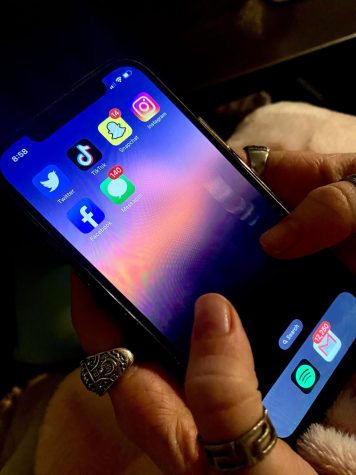Wireless connectivity off to a slow start
September 8, 2011
Although all 25 residence halls are now wireless, some students are frustrated with the speed.
“The connection is finicky and it is inconvenient,” said Dan Herwerden, sophomore exploratory major. “It would be helpful if we could use the Ethernet cord as backup.”
Herwerden is living in Stopher Hall for the second year, and he says the connection is worse than last year.
“It works best in the peak hours of the day, like in the morning,” he said. “It is frustrating, but I’m sure they are doing their best to fix it. You just have to be patient.”
–Eran Karanouh-Schuler
In the past, every computer or laptop used in the dorms relied on Ethernet cords plugged into landlines for Internet access. As of March 2011, only 10 out of the 25 dorms had wireless.
Now, all students can access the wireless network at no additional cost.
“We are trying to produce faster connection for the students,” said Betsy Joseph, director of Residence Services. “We even have it set up so that in the evenings, when most residents are online, the bandwidth that is dormant in empty classrooms will be transferred to the halls. We are trying to meet the needs of the students and keep up with modern technology.”
There are 2,000 access points located throughout the dorms, helping double the speed of the connection per user. Every academic building is equipped with Wi-Fi, as well.
Jade Ward, freshman art education major, lives in Verder Hall and said she likes the idea of wireless connection.
“It goes in and out and sometimes takes several minutes to load, but it doesn’t affect my usage,” she said. “I’m pretty patient.”
But Jason Wearley, executive director of Network and Telecommunications said converting to wireless meant the university had to remove landline connection, which eliminates the use of Ethernet cords.
“There are 8,500 students across campus using wireless, 4,500 of those are living in the dorms,” he said. “The higher the capacity, the slower the connection. It is only natural that it lags from time to time, but we are working hard to fix it. We have been working with wireless for seven years now, but technology is always changing. It’s a continuous process.”
The more items in a room, the harder it is for the access points in the walls to register to the wireless.
Eran Karanouh-Schuler, freshman psychology major, lives in Wright Hall and said he does not mind the wireless.
“It works best in the peak hours of the day, like in the morning,” he said. “It is frustrating, but I’m sure they are doing their best to fix it. You just have to be patient.”
Overall, the wireless seems to be adapting well, Wearley said.
“We want to hear feedback or else we won’t know anything is wrong,” he said. “Contact Tech Spot for additional help.”
Contact Whitney Gibson at [email protected].























